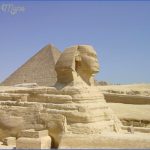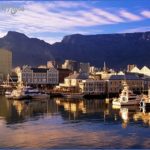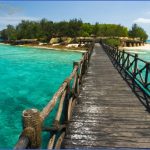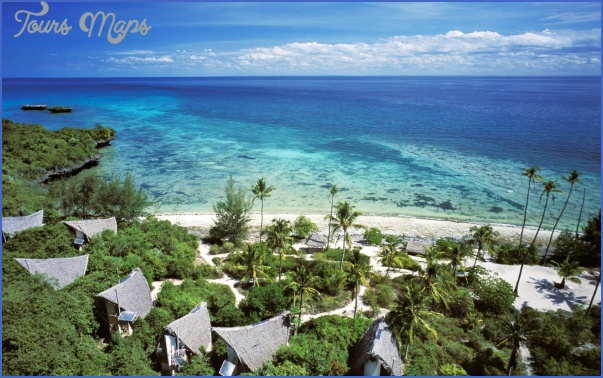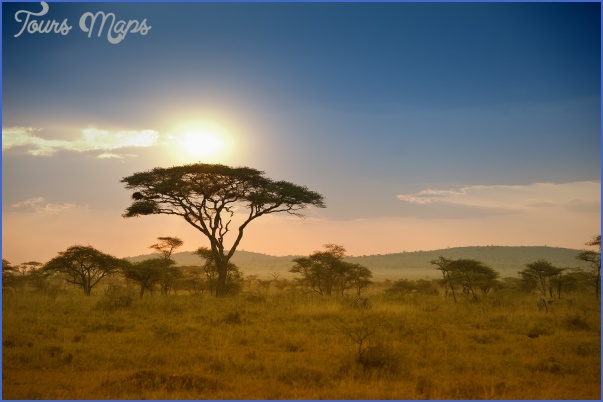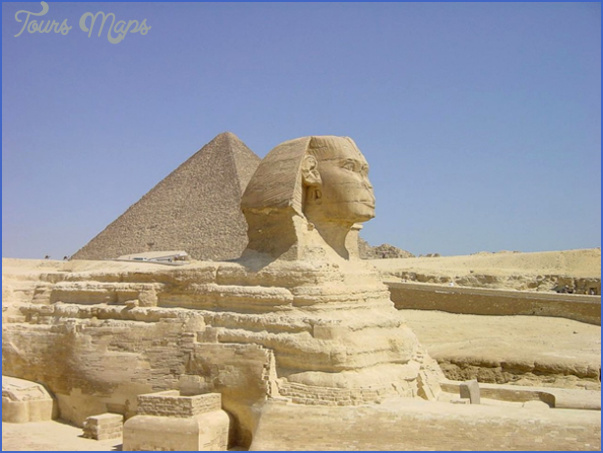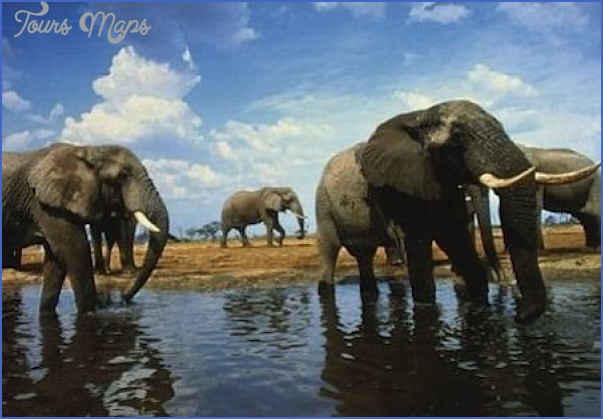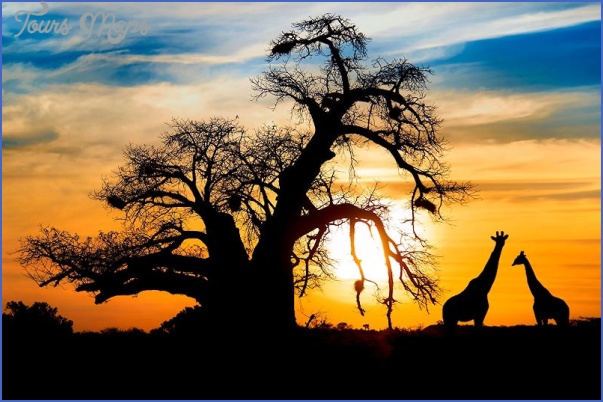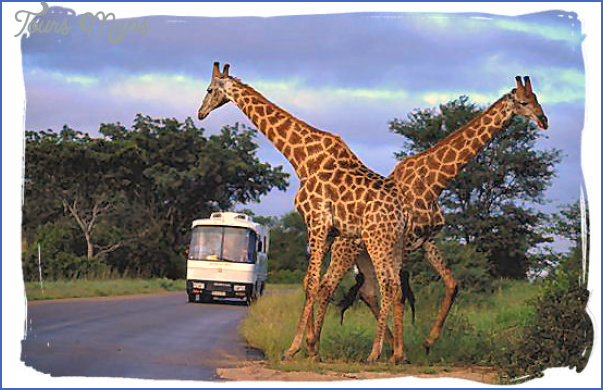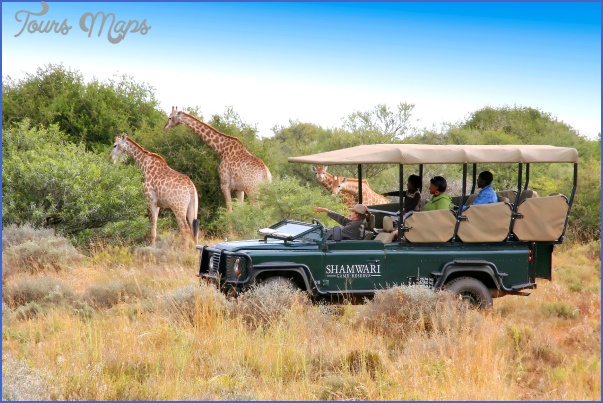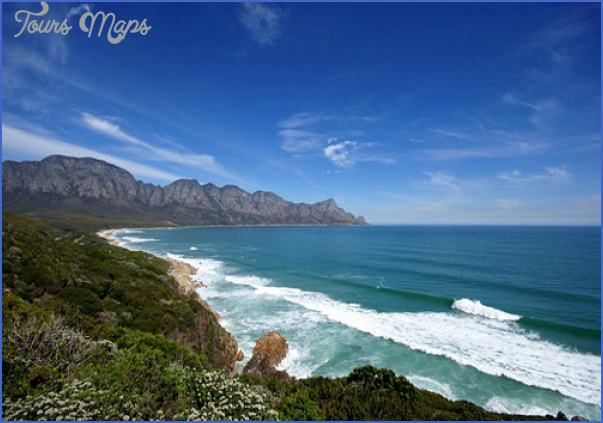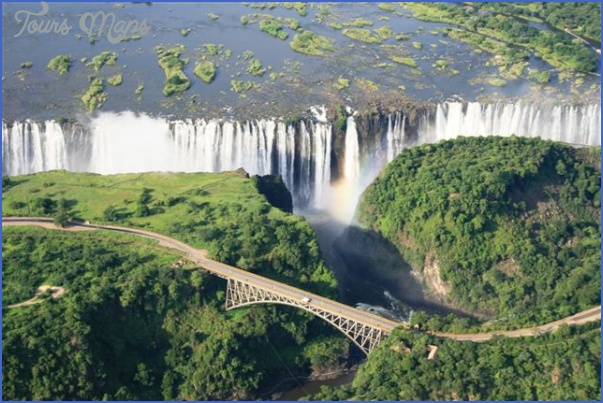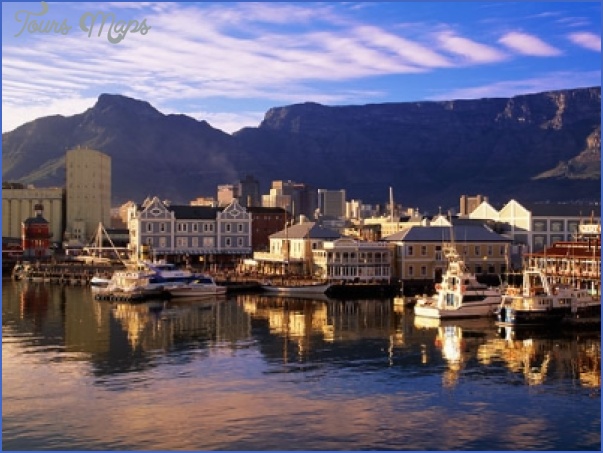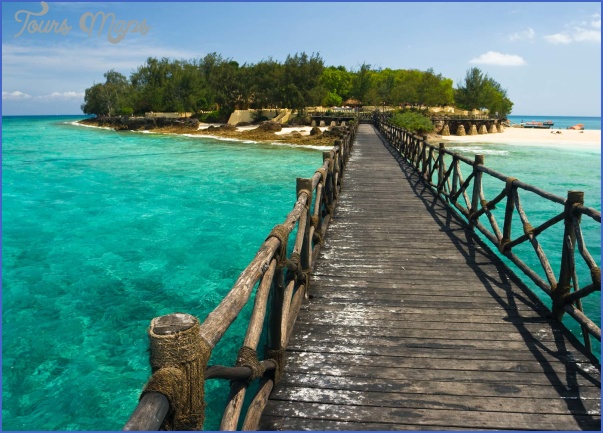Americans travel to Africa in relatively small numbers. Egypt’s antiquities hold the greatest appeal. Some 155,000 Americans went there in 1981. In that year about sixty-three thousand Americans visited Morocco, mostly by ferry, crossing over from Spain. Tangiers, Morocco, which sits facing Gibralter, fills with tourists, mostly over for the day from Spain. A few thousand Americans went to Tunisia. South Africa and Kenya, with their magnificent game parks, are the other African countries that attract North Americans in significant numbers. Three nations that offer the Mediterranean climate Tunisia, Egypt and Morocco attract more than a million total visitors annually. The French are particularly fond of Morocco. Figure 12.1 is expressed in thousands of visitor arrivals and in millions of dollars received from tourists.
New York City to Casablanca is only a six-and-a-half-hour flight. Ferry boats from Malaga and Algeciras, Spain, link Europe with Tangiers, Morocco. Visitors to Morocco can glimpse the royal touch by staying in one of the several palaces that have been converted to hotels. Hotels are categorized from one to five stars.
The two showcase hotels in Morocco are the Mamounia in Marrakesh and the Palais Jamai in Fez. Both are owned by the King of Morocco, who has employed the top management of the Paris luxury Hotel Crillon to supervise the operations. The Palais Jamai is, as the name implies, an old palace, townhouse for a 19th century minister of culture. The French influence on Morocco is strong because it was for a long period controlled by France. French is the second language, after Arabic.
Couscous is a favorite dish, made from rolled semolina wheat to which meat has been added. Bastilla is a grand banquet item made of paper-thin pastry leaves stuffed with pigeon and almonds. Never mind the antelope horns.
The Rif and Atlas mountains that run roughly north and south in the interior provide skiing in the winter months while temperatures are in the seventies in Agadir and other Atlantic coastal towns.
Tunisia has been around as a culture for thirty centuries. Berbers, Phoenicians, Romans, Vandals, Byzantines, Arabs, Turks, and most recently the French, all left something of themselves. Carthaginians and Romans left their monuments and archaeological treasures. El Jem has the remains of a colisseum that seated thirty-five thousand, one of the largest in the Roman world. Carthage, famed antagonist of Rome, occupies what today is a suburb of Tunis, Tunisia’s capital city.
Visitors to Tunis come in tours. Package tours arrive from Germany, France, England, and Italy. Over a million a year come mostly for the sun and the Mediterranean and reasonable prices. Jerba Island has Africa’s largest hotel, the 2,450-bed Dar Jeteba. Besides fronting on the Mediterranean, Tunis stretches south into the Sahara desert, where nomadic tribesmen are being encouraged to settle down. The indigenous people, the Berbers, live on the mountain ridges that divide the southern coastal plain from the harsh desert. French and Arabic are the languages, Islam the religion. Total population is six million, with one million concentrated in Tunis.
Transportation to Africa varies widely in availability and quality. Some parts of Africa are still virtually inaccessible. Air travel to parts of Africa are circuitous. A number of flights originate in Paris and serve West Africa because France was a colonial power in West Africa. Rome is a major terminal for flights into East Africa. Madrid connects with Las Palmas in the Canary Islands off Africa’s west coast since the Canary Islands are a part of Spain. The Canaries are a major vacation spot for visitors from northern Europe seeking the winter sun. Johannesburg and Capetown, South Africa, are well served by direct flights from the United States, Europe, and Rio de Janeiro. Nairobi, Kenya, is an active air transit point and serves tourists visiting the some six million acres of national parks and game preserves.
Transportation within Africa is dicey, often difficult or nonexistent. Africa spans seven time zones and to fly from Nairobi, Kenya, in East Africa to Dakar, Senegal, in West Africa, takes longer than to fly from New York to London. Traveling within Black Africa, those forty-six countries south of a line drawn from Morocco to Egypt, is particularly difficult, with the one exception of travel within the nation of South Africa. Black Africa has twenty-eight national carriers that routinely bump passengers, fly irregular schedules and lose money. Only the Gambian Airways makes a profit and it has no airplanes. The profit is made by running an office that sells tickets on other airlines. The quickest way to get to East from West Africa is usually via Europe. Travel to the Republic of South Africa via the national airline, however, is efficient and well done.
Customs and immigration officials can be corrupt. Dash, petty bribery, is commonplace in Africa. A Zaire customs official told a visitor that his health certificate had expired and he would have to pay so much for a new one. The visitor pointed out that the date on his certificate was still valid. The official: I say it has expired and the health officer will say the same thing. Any Zairian money a traveler has left when leaving the country is confiscated by the customs people.
Scenically Africa offers spectacular beauty, grand mountains, awe-inspiring waterfalls, vast savannahs, deserts and great forests and rivers. For naturalists and wild life enthusiasts Africa is it! Historically and archeologically North Africa and Egypt have great interest. Tunis was the seat of the Carthaginian empire; the ruins of Carthage are on the coast northeast of modern Tunis. Egypt is a major factor in Middle East politics, home of the oldest civilization of which we have a continuous record, one that goes back to 4000
B.C. Nigeria is important for business travel because of its oil. West Africa produces peanuts, palm oil, and cocoa. Copper comes from Central Africa. South Africa is a major source of gold, diamonds, and other minerals and is the strongest of African nations militarily.
The Statistical Profile taken from the excellent blog, The Africans, by David Lamb,1 details the various African nations, their populations, per capita income, major dollar earners, and people per square mile. It is quickly seen that, with the exception of Libya with its huge oil income, the average African is desperately poor. In 1982 per capita income was $365 a year. Nigeria takes in the most oil income but also has the largest population so that per capita income is low.
South African whites are another exception and it should be quickly pointed out that wealthy elites exist in almost every African state. All of the countries could benefit financially from tourism and nearly all of the governments encourage tourism growth.
AFRICA Photo Gallery
Maybe You Like Them Too
- The Best Cities To Visit in The World
- World’s 10 Best Places To Visit
- Coolest Countries in the World to Visit
- Travel to Santorini, Greece
- Sanctuary Makanyane Safari Lodge SOUTH AFRICA




